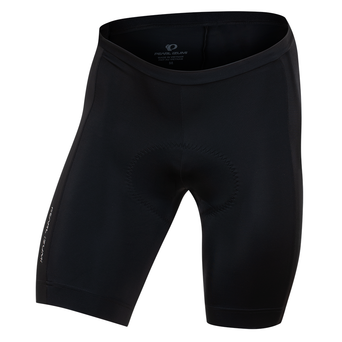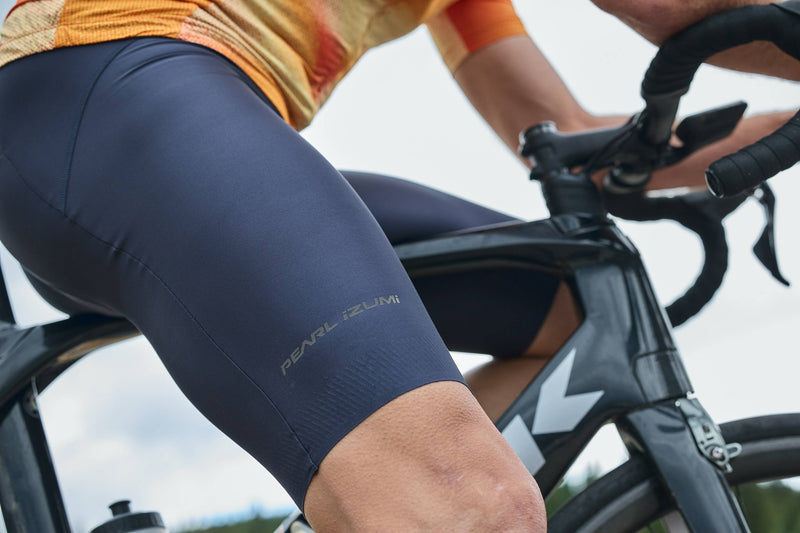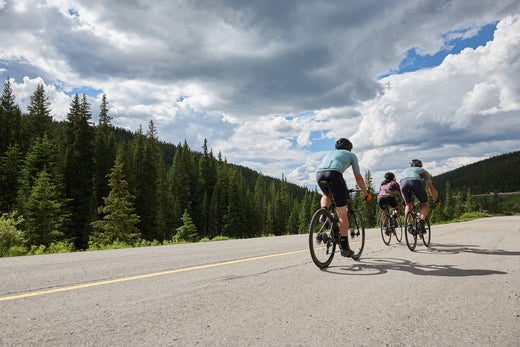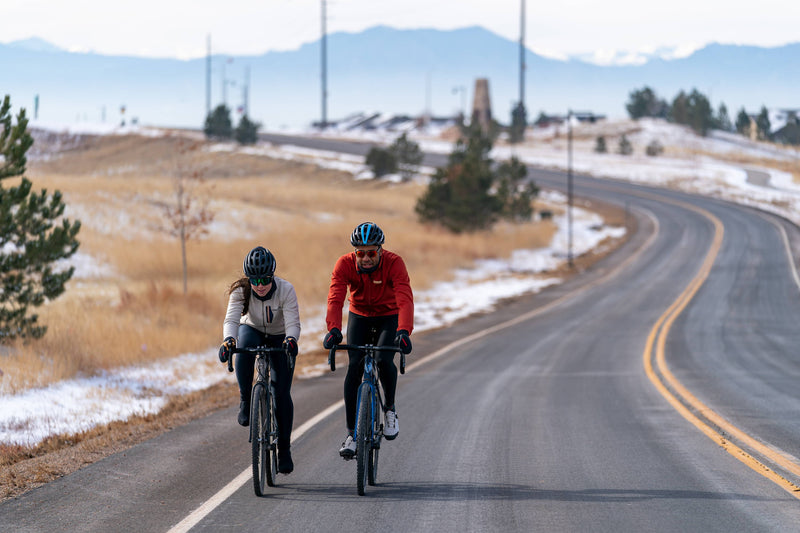It takes at least 24 hours of non-stop driving to get from northern Colorado to Oshawa, Ontario. But when you are trying to be one of the world’s top athletic apparel companies, you’re always prepared to go the extra mile to ensure you are making the best possible product for your customers.

While originally conceived as a research and development test facility primarily for automotive products, the ACE Climatic Wind Tunnel at the University of Ontario Institute of Technology is popular amongst a wide range of non-automotive companies, including leading consumer apparel firms like Louisville, Colorado-based PEARL iZUMi.
PEARL iZUMi has been in the business of performance garments for more than a half-century. The company’s particular focus is the cycling market: jerseys, shorts, baselayers, outerwear and everything in-between to help athletes perform at their best in any possible weather condition.
To test its latest product lines, PEARL iZUMi’s product development team visits ACE up to three times each year. ACE’s capacity to deliver and replicate made-to-order weather conditions—from searing desert heat to hurricane-force tropical storms to punishing arctic blizzards—makes it the ideal research and development venue to test the physiological effects and user experience of PEARL iZUMi’s new garment technology.


“On our latest trip to ACE, we were testing ‘hot weather solutions’ by comparing different fabric constructions and treatments against standard/control jerseys,” says Rob Pickels, Physiologist (Advanced Concepts), of PEARL iZUMi. “Being able to control the environment is extremely important to understanding the reactions of the body. If I didn’t choose the ACE Climatic Wind Tunnel and instead tested these factors outside, my analytical data would have a significant number of additional variables to contend with, such as radiant heat from the sun, which changes during the course of any given day.”
The company had riders pedal at a controlled workload in a controlled environment in front of the wind tunnel’s nozzle.
“If my data supports that Jersey A is cooler than Jersey B, I need to know that it’s not because the sun was less intense despite it being the same air temperature,” says Pickels. “In the climatic wind tunnel I can specify the exact radiant intensity I want, as well as the humidity, temperature and precipitation. And I get that exact value all day long.”
Pickels not only evaluates how each rider’s body responds in terms of heat production and the garment’s ability to dissipate that heat, but he also seeks to learn how the rider perceives those responses.
“We’re not interested in applying a marketing message to something that isn’t true or hasn’t been tested,” says Pickels. “This testing allows me to objectively put hard numbers on questions like, ‘Which jacket membrane is better?’ or ‘Does the cut of the jersey affect how warm it feels?’ This helps our materials, design and development teams do their jobs better and leads to an improved product. And in turn, it helps improve a cycler’s performance.”







